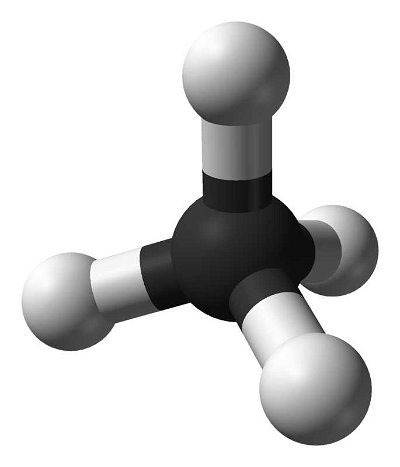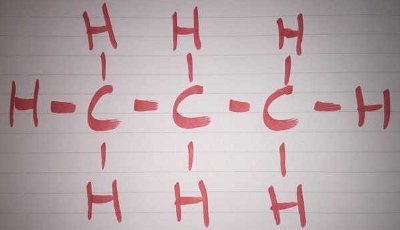27. As alkanes are a homologous series, what is the general formula for a linear alkane?
From Quiz Alkanes
Answer:
Cn H2n+2
Wikipedia defines a homologous series as, 'a series of organic compounds with similar chemical properties, members of which differ by a constant relative molecular mass.' For alkanes, the mass of each one differs by 14. This is because of the general formula, Cn H2n+2. For example, in methane, where n=1, the formula CH4 is produced. In ethane, where n=2, the formula C2H6 is found.
Cn Hn exists for benzene, C6H6 but not for a homologous series.
Cn H2n exists for the homologous series of alkenes.
Cn H2n-2 exists for the homologous series of alkynes.










 Quick Question
Quick Question